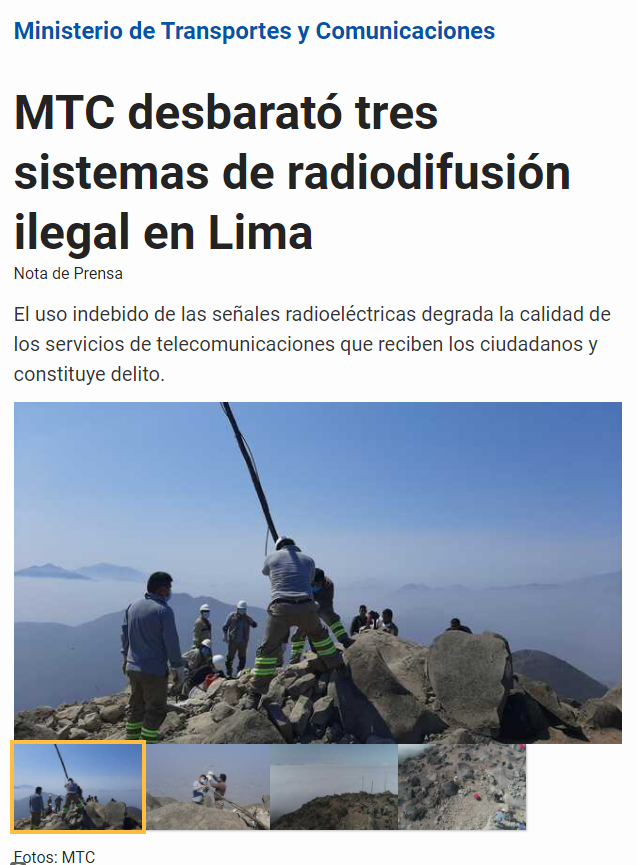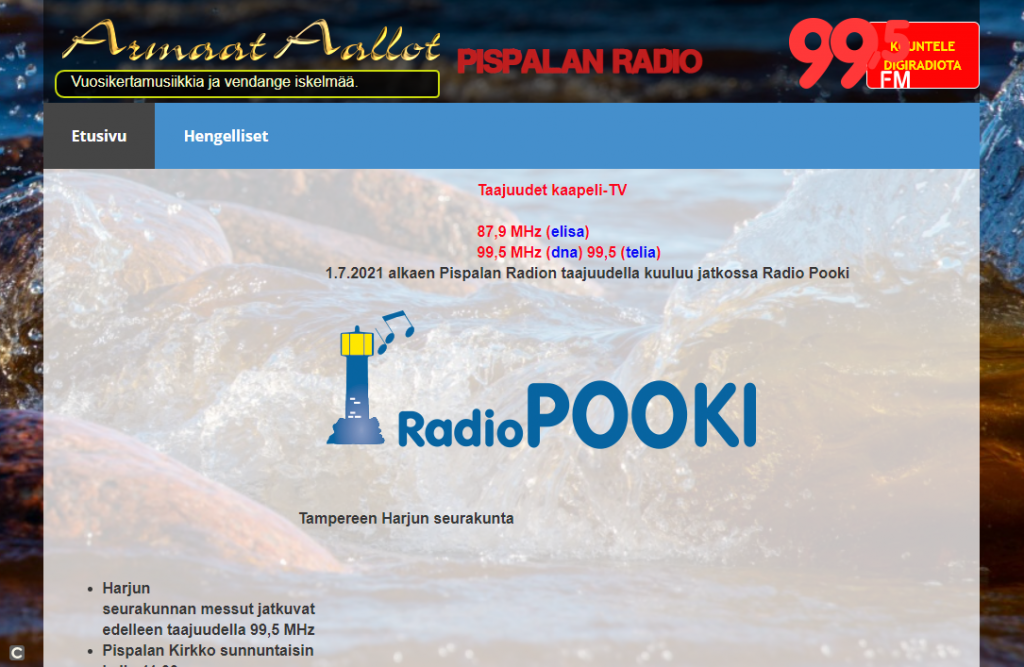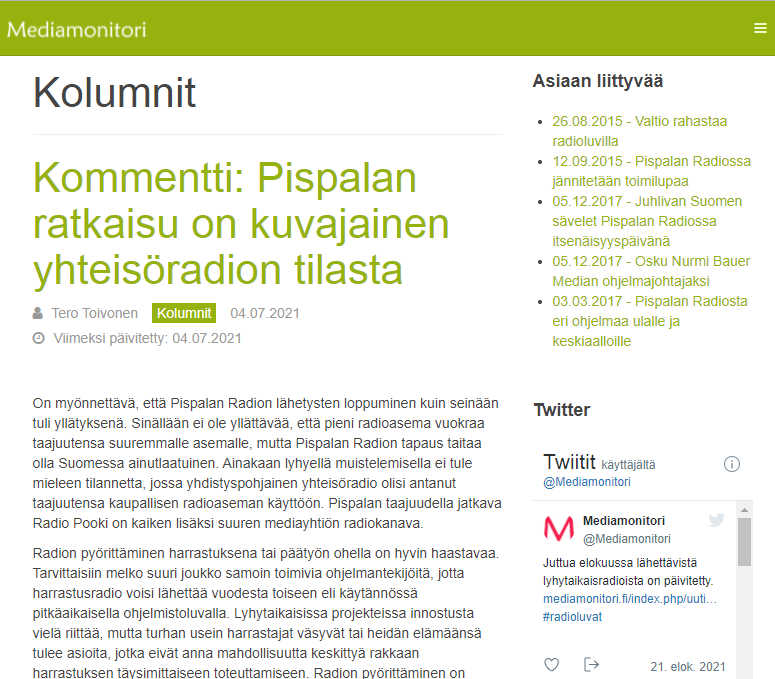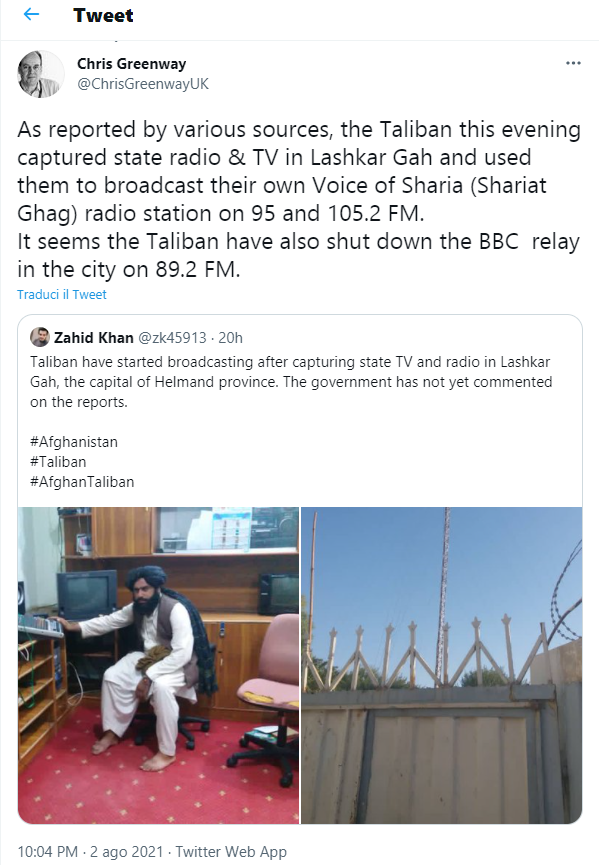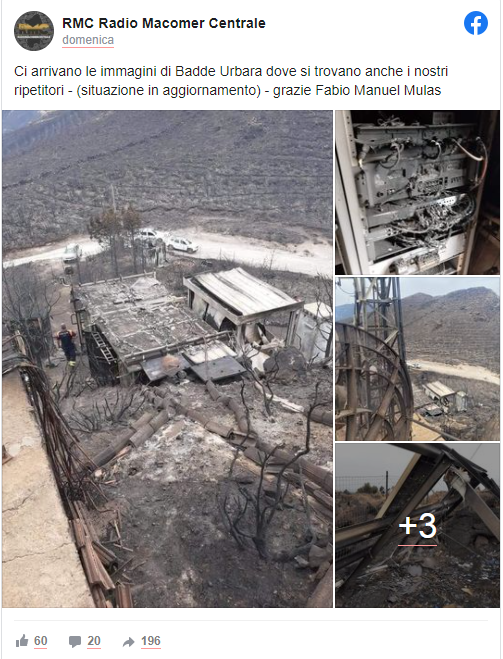
Source
In 2017, news that Norway was the first country to switch off the FM band in favour of DAB grabbed headlines. The idea tickled the imagination, so few verified it. But it was a hoax: the sensationalism of the news had overshadowed the reality. What abandoned FM was public radio NRK and, above all, the commercial networks. NRK occupied two frequencies out of three of those active in the country: 2000, compared to 1000 of all other radio stations, networks included. The main beneficiary of this operation was public radio: concentrating in a single multiplex four national networks, divesting hundreds of transmission sites (they were 700) and decommissioning FM transmitters nearing the end of their life, would have realized great economies of scale.
Towards a five-year extension
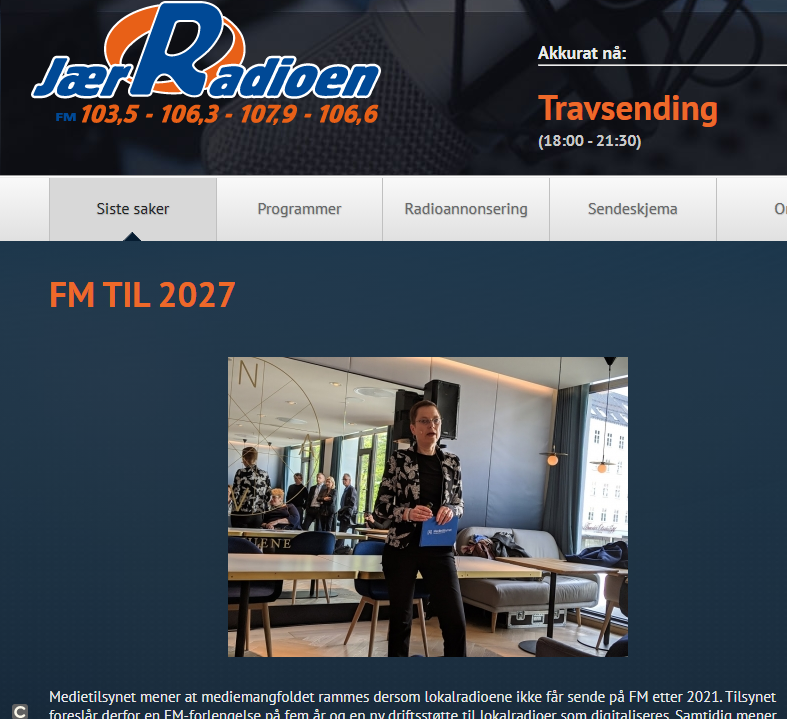
Source
Of the remaining frequencies, 40% (400) have been switched off by private networks and large commercial radio stations, especially in the capital and in large urban areas. But the others are still on the air: 552 (data from www.fmlist.org) used by 100 radio stations, many of which declare on their website that they are proud to continue in analogue. Some stations have also switched on DAB muxes (there are several used by a single station, which at most host two or three thematic channels) to keep up with the news. Broadcasting will continue until at least 2026: Mari Velsand, director of the Norwegian Media Authority recommended the government extend the FM licenses another five years, believing that media diversity would be compromised if the shutdown occurred at the end of 2021, as planned.

